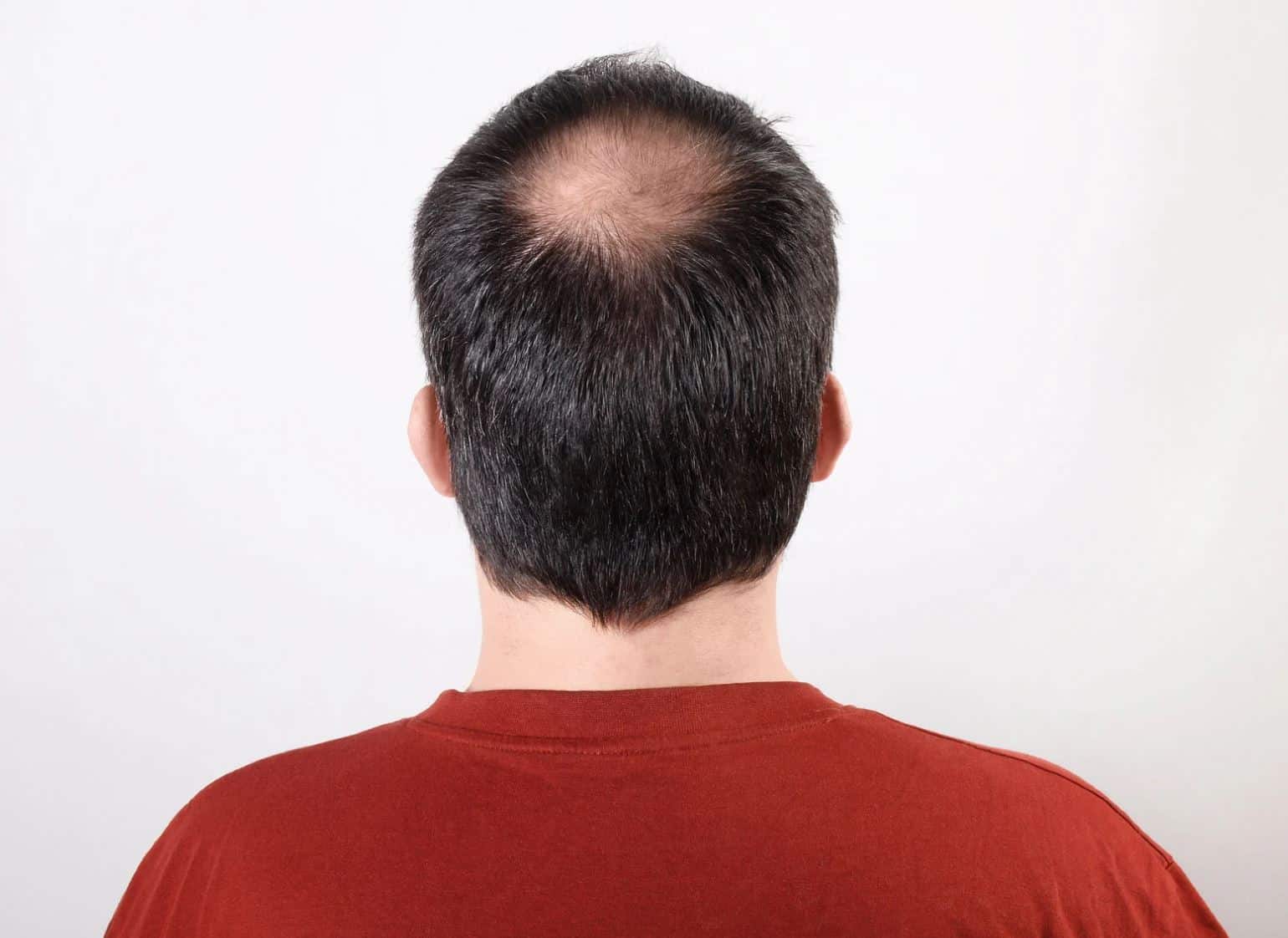FUE and FUT are the two main methods for hair transplantation. If you’re still in the research phase of your hair restoration journey, you’ve probably asked yourself:
- What is FUE and FUT?
- What is the difference between the two techniques?
- Which is better: FUE or FUT?
The best way to know which option is to SCHEDULE A CONSULTATION with one of our board-certified hair transplant doctors at Shapiro Medical Group. If you’re not quite ready for that step, this guide will answer all your important questions about FUE and FUT hair transplants.
What Is FUE and FUT Hair Transplant?
Follicular Unit Extraction (FUE)
FUE involves removing individual hair follicles from the donor area using a tiny punch tool (usually 0.7–1.0 mm in diameter). Each graft is extracted one at a time and then transplanted to thinning or balding areas. This method leaves tiny dot-like scars that are barely visible, even with short hair.

FUE before and after 2,490 grafts. See this patient’s full transformation in our gallery.
Follicular Unit Transplantation (FUT)
FUT, also called strip surgery, involves removing a thin strip of scalp from the back of the head. The strip is dissected under a microscope to isolate follicular units, which are then transplanted into the recipient area. This method leaves a linear scar at the donor site, typically hidden under surrounding hair.

FUT before and after 4,600 grafts. See this patient’s full transformation in our gallery.
What’s the Difference Between FUE and FUT Hair Transplant?
FUE and FUT are both proven hair transplant methods, but they differ in technique, recovery, scarring, session logistics, and long-term goals.
Graft Extraction Technique
- FUE removes individual follicular units directly from the scalp using a tiny circular punch (usually 0.7–1.0 mm). The surgeon targets one graft at a time, working across a broad donor area to avoid overharvesting in any one spot.
- FUT involves removing a thin strip of scalp from the back or sides of the head. That strip is then dissected under a microscope to isolate intact follicular units. FUT allows for a high volume of grafts in a single session and preserves more of the surrounding donor zone for future procedures.
Scarring
- FUE leaves hundreds to thousands of tiny dot scars across the donor area. These are minimally visible and generally heal well, even if you wear your hair short. However, overharvesting or poor technique can create patchiness.
- FUT leaves a linear scar where the strip was taken. If performed by an experienced surgeon using a trichophytic closure, the scar can be very thin and easy to conceal under hair. FUT is often preferred by patients who plan to keep longer hairstyles or want to preserve donor density.
Recovery and Downtime
- Since there are no stitches, FUE typically comes with less postoperative discomfort, making it a popular option for those who want a shorter downtime. Most patients return to normal routines within 3–5 days. Scabbing resolves in about a week.
- FUT requires sutures or staples at the donor site, which are removed in 10–14 days. There may be more tightness or discomfort in the donor area during the first week of recovery.
Graft Yield and Efficiency
- FUE yields fewer grafts per session compared to strip surgery (usually 1,500–2,500 depending on hair density and scalp laxity). This can be a limitation for patients with advanced hair loss or those seeking maximum coverage in one surgery.
- FUT allows the surgeon to harvest more grafts in a single session (up to 3,500+), making it more efficient for large-scale restorations. It also preserves donor availability for future transplants.
Procedure Length and Complexity
- FUE takes longer due to the meticulous nature of extracting each follicle individually. A session can take 6–10 hours or more, depending on graft count.
- FUT is often shorter overall because grafts are harvested in bulk, but time is still needed for dissection and placement. On average, a FUT hair transplant takes about 4 to 8 hours, depending on the number of grafts needed.
Cost
- FUE is typically more expensive per graft due to the time, tools, and expertise required. It’s often marketed as more advanced, which can drive up pricing.
- FUT offers a more cost-effective option for high graft counts. It’s ideal for patients who want maximum coverage without paying a premium for extraction time.
Who Are Good Candidates for FUE?
FUE may be ideal for you if you:
- Prefer short hairstyles and want to avoid a linear scar
- Have good donor density spread across the scalp (and possibly body hair)
- Want a quicker, less invasive recovery without stitches
- Are targeting smaller or medium-sized areas of hair loss
- Are open to multiple sessions if needed for full coverage
- Value a less detectable donor site for future flexibility
Note: FUE often requires shaving the donor zone, so it’s not the best option for female hair transplants. The strip FUT method is often better suited for women.
Who Are Good Candidates for FUT?
You may be a good candidate for FUT if you:
- Have advanced hair loss and want maximum grafts in a single session
- Plan to wear longer hair that will cover a thin linear scar
- Have a tight budget and want more grafts per dollar
- Need to preserve donor hair for potential future surgeries
- Have high scalp laxity (easier for strip harvesting)
- Prefer one large procedure over several smaller ones
Choosing FUE or FUT for Hair Transplantation
So, which is better, FUT or FUE? Hair transplantation is highly case-specific. So the best hair transplant method depends on your goals, hair loss pattern, and donor area.
FUE is ideal if you want minimal scarring, a faster recovery, and plan to keep your hair short. FUT is better suited for patients who need more grafts in a single session, have advanced hair loss, or want a more cost-effective approach.
Both techniques are permanent and produce natural-looking results when performed by an experienced surgeon. The best way to determine which option is right for you is to BOOK A PRIVATE CONSULTATION at Shapiro Medical Group.
Our surgeons will evaluate your scalp, discuss your goals, and recommend the best method for your long-term hair restoration success. Call us to schedule your appointment today. We serve patients in and around Minneapolis, including Golden Valley, Columbia Heights, Roseville, Richfield, and the greater Minnesota area.
Frequently Asked Questions
Is FUE more effective than FUT?
Both methods are effective. The success of the transplant depends more on the surgeon’s skill and your specific hair loss pattern than the method itself.
Does FUE or FUT look more natural?
Both methods can produce equally natural results when done by an experienced and board-certified surgeon like our hair transplant doctors at Shapiro Medical Group.
Can FUT and FUE be combined?
Yes. Some patients benefit from combining both to maximize graft yield and preserve the donor area for future procedures.
How much does a hair transplant cost?
The cost of your hair transplant will vary depending on your graft requirements, the surgeon’s experience, the technique used, and the clinic’s location. Call us to discuss personalized pricing.



